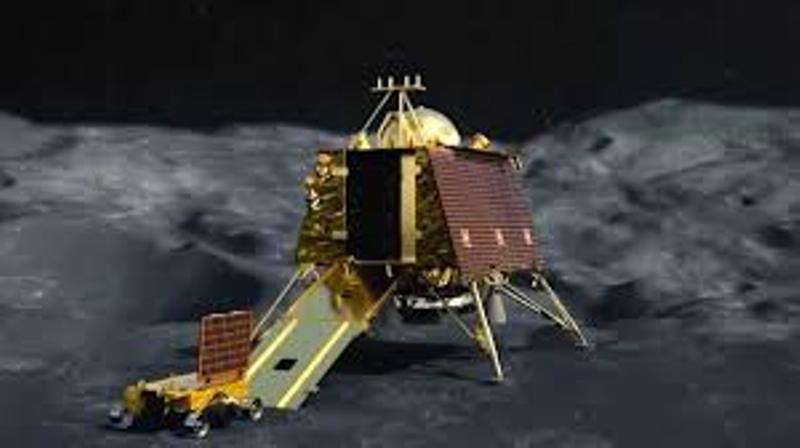India’s Chandrayaan-3 mission continues to make groundbreaking discoveries after its successful mission ended on the Moon in 2023.
The Pragyan rover has discovered a 160-km-wide moon crater near its landing site. The new crater has been discovered from data sent back to Earth by the Prayan rover.
The latest findings by the Pragyan rover on the mission have been published in the latest issue of Science Direct by scientists from Ahmedabad’s Physical Research Laboratory.
The new site was discovered from data gathered by the Pragyan rover when it traversed a highland terrain around 350 km from the Aitken basin in the South Pole, the largest and oldest impact basin on the moon’s surface.
The dust and rock from the new layer are crucial to understand the early geological evolution of the Moon.
The site is rich in material accumulated from past impacts and has been an area of interest for lunar exploration missions. The Aitken basin contributed almost 1,400 meters of debris, while other smaller craters around the basin added more geological material to the landscape.
The crater is believed to have formed before the creation of the South Pole-Aitken basin, making it one of the Moon’s oldest geological structures.
Due to the crater’s age, it was mostly buried by debris from later impacts, particularly from the South Pole-Aitken event, and has been degraded over time.
The crater’s discovery provides scientists with a rare opportunity to study deeply buried lunar material that dates back to some of the earliest impacts on the Moon.
Scientists believe the new 160-km wide crater was formed even before the formation of the Aitken basin.
ALSO READ: Chinese scientists find water molecules in Moon samples in groundbreaking discovery
The rover has taken high-resolution images from its optical cameras revealing key details about the structure of this ancient crater. Scientists believe this will also reveal vital cues on the Moon’s geological history.
This presents a rare scientific opportunity to study one of the earliest geological formations on the celestial body.















